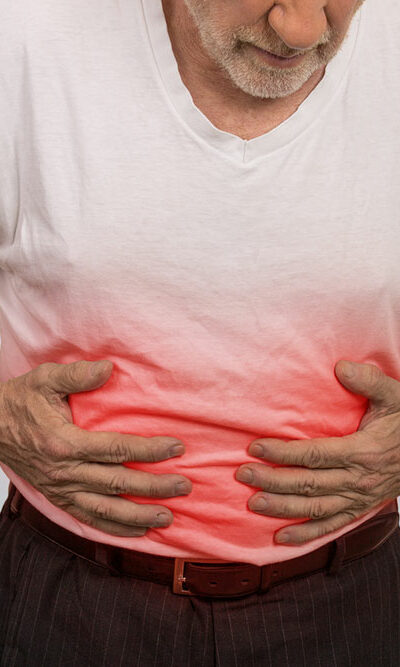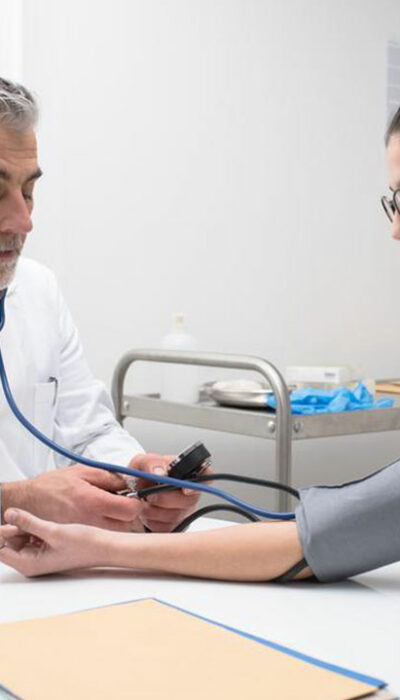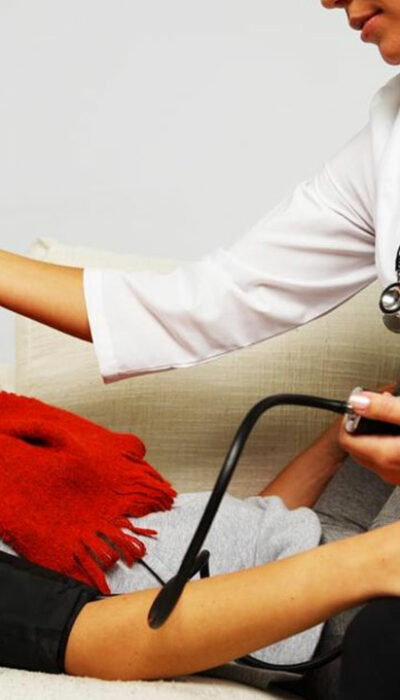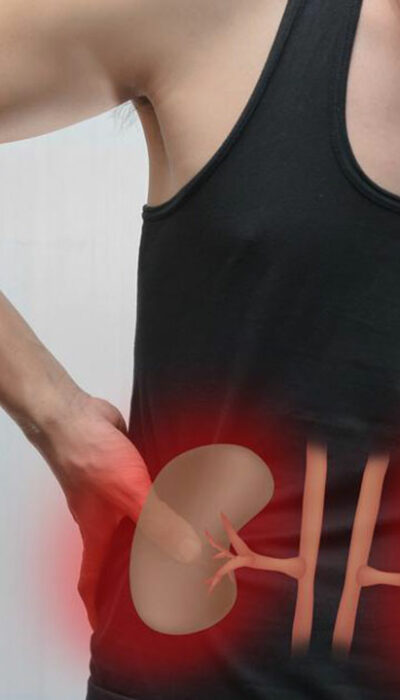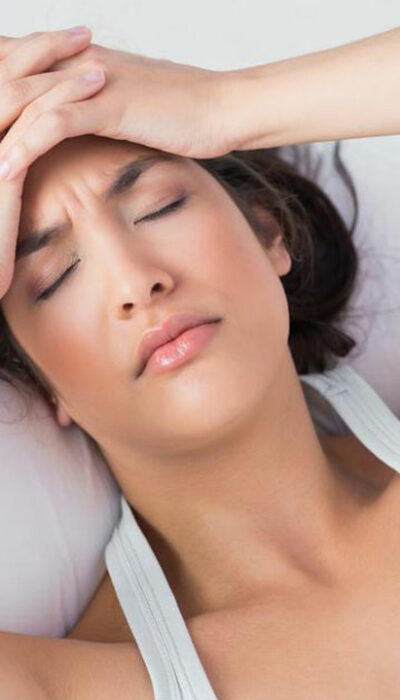
Plantar Fasciitis- Causes, Symptoms and Treatment
Do you feel pain in your heels while walking, jogging or running for a long period of time over a large distance? If the pain goes away after you have rested, it is of no cause of concern. If the pain persists, it is likely that you are suffering from plantar fasciitis. Plantar fasciitis is a disease characterized by pain in the heels and it is the most common cause of heel pain. It is characterized by the inflammation of the thick band of tissue that runs across the bottom of your foot and connects your toes to your heel bone. It results in a stabbing pain that usually occurs when you take your first steps in the morning. The pain tends to decrease as you move more, but it might return if you are standing for a long period of time, or if you rise after sitting for extended periods of time. If you are experiencing this pain, consult a doctor immediately and seek plantar fasciitis treatment. Here are a few causes, symptoms and common methods of treatment for plantar fasciitis. Symptoms of Plantar Fasciitis As mentioned before, plantar fasciitis leads to the onset of stabbing pain in the bottom of your foot, and near the heel. The pain is normally the worst when you first wake up in the morning and take your first steps. It may also be triggered if you have been sitting in one place for a long period of time and suddenly stand up, or if have been standing in one place for a long period of time. While such pain generally subsides, if it continues to persist and comes back after periods of time, be sure to conclude that you are suffering from plantar fasciitis. The onset of this pain may also ensure when you are exercising or after you have completed exercising.
